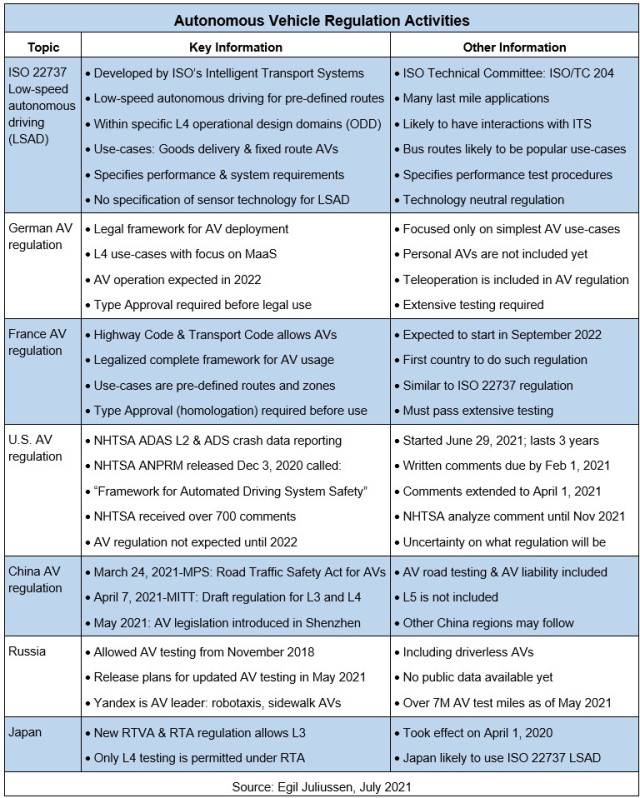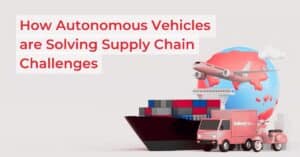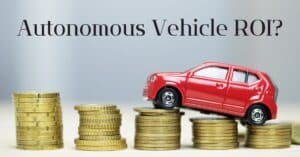The Autonomous Vehicle industry is shifting gears and moving toward commercial deployments with numerous AV operations on nearly all continents. But there are still important building blocks needed for large-scale deployment:
To quote Karl Iagnemma, CEO of Motional: “Alongside driverless technology, we need the right policies and economic incentives to make the ecosystem operate smoothly. With the right deployment and regulations in place, we’ll see positive outcomes within this decade.”
Wide-scale autonomous vehicle deployment hinges on three pillars:
- Technological maturity
- Commercial viability
- An enabling regulatory framework
In this article we provide a high-level overview of the emerging regulation frameworks governing autonomous vehicles, and what they typically consist of. New regulations are constantly being added – recent notable additions are Germany and France and an ISO standard – so this is by no means a comprehensive or final list.
Approaches to AV regulation
Regulators all over the world have long acknowledged the criticality of having the right legal frameworks so as to play an enabler, rather than an inhibitor, of the revolution that is autonomous vehicles.
Roughly speaking, there are two main approaches to autonomous vehicle regulation:
Liability-driven, bottom-up approach:
Local in scope and loose in nature. County or state regulators provide specific organizations with a license for a specific activity such as testing or conducting a public pilot. Requirements are not highly specified and much of the responsibility lies with the autonomous vehicle operators.
The United States has gone down this path until now, with local, state-level authorities putting the regulation in place.
Top-down approach:
National policymakers define comprehensive guidelines that govern what is allowed and how. Such an approach can be seen in Germany and the United Kingdom.
In both approaches, policy is usually a collaborative effort involving policymakers, academia, and industry players.
Regulation scope – What is being regulated?
Following is an overview of key areas currently being addressed in autonomous vehicle regulation.
Autonomous vehicle licensing
Autonomous vehicles are a new entity, and they operate in a highly regulated domain with direct impact on the safety of people, and public and private property.
Regulation starts with the basics of licensing requirements – the legal framework for the AV operation, the applicable governing bodies and more. This is one of the areas where regulation diverges mostly. In Colorado, for example, AVs can be tested without any license or notification requirements as long as the vehicle adheres to all existing laws. Meaning, the vehicle needs to meet federal motor vehicle safety standards and to follow state traffic laws while in operation.
German regulation on the other hand is highly specific on the requirements needed to launch AVs. These include a type license (licensing of the specific vehicle), the use of AVs only in specific predefined use cases, and a series of technical and operational requirements such as connectivity, security, data handling and more.
Safety
Safety is of course the number one issue when it comes to autonomous vehicles, yet regulation on this issue is almost as diverse as licensing. Approaches range from requiring the submission of a voluntary safety management plan (US) or a mandatory one (Australia), to detailed requirements regarding development practices, manufacturing processes, safety equipment, safety drivers and reporting requirements. An example of detailed requirements is the emerging regulation in China.
Specification of AV use cases and uses
Autonomous vehicles can be used for a number of use cases and for several vehicle types. Examples include:
- Delivery robots
- Long haul delivery or autonomous trucks
- Shuttles in gated campuses
- Yard operations (forklifts)
- Robotaxis
- Autonomous vehicles for private use (this use case still seems a far way away)
Some countries allow autonomous vehicles only for specific use cases. German regulation for example permits only specific L4 Mobility as a Service (MaaS) use cases such as fixed route shared drives, last mile transport of people or goods, and shuttles.
Teleoperation and backup drivers
Many regulators require the possibility of remote human intervention, i.e. teleoperation. This means that autonomous vehicles are connected to a remote driver that can assist if the need arises. Intervention can take place through direct control or by using high-level commands and guidance.
Teleoperators are generally not used as safety drivers – vehicles are required to be able to independently perform emergency braking and/or conduct what are known as minimal risk maneuvers. Rather, a remote driver serves as a backup driver, while also serving to meet the legal requirement of a human driver.
Following is a list of countries who mandate teleoperation in their regulation: Germany, US: mandatory in California, Arizona, Florida, Michigan, Ohio and Texas. Teleoperation is also included in regulation in Canada, Finland, Japan, Netherlands, Sweden and UK, in several states in the US and in Shanghai and other cities in China.
Accountability and Liability
The Vienna convention, and most national regulation, holds a driver accountable for the vehicle’s behavior. Clearly in the case of AVs the Automated Driving System (ADS) is in control, but the ADS is not a legal nor accountable entity, leading us to the issue of Liability.
As there is no driver in an Autonomous Vehicle and the ADS is not an accountable entity, regulation is placing liability with operators.
As we are still in the testing stage, business and operational models are evolving as is the identity of stakeholders. Currently, all autonomous vehicle deployments have an operator who is usually also the manufacturer/developer. In the future, additional business and ownership models will appear that may include 3rd party operators, private owners, and resellers.
Initial work on mapping out liability and accountability issues has started, for example, in the UK.
Security and Data Privacy
Autonomous driving engines are based on software and are connected to fleet operation centers over wireless connections. By nature, they create a new cyber attack vector that poses both physical and digital threats.
Another issue that is often addressed in regulation is the use of customer data gathered during the drive, both by the AV engine and other digital and connected systems. The flip side of data privacy concerns is data availability for safety evaluation, crash investigations, and possible litigation issues.
Most autonomous driving regulations include cyber security requirements and data handling requirements. Regulation on safety data diverges significantly between countries, ranging from voluntary reporting as in the US to Specific reporting requirements as in Germany.
Security and data privacy are a concern not just for AVs but also for most new vehicles which are increasingly connected and software-based.
Updates to existing laws and framework
Transportation and the automotive industry are already highly regulated. Some of these regulations need to be updated to allow for a new reality. The clearest example is the Vienna convention on road traffic that stipulates that a driver must always be in control of a vehicle and is fully responsible for it’s behavior.
Other such issues are requirements for steering devices and most importantly the issue of liability.
Other aspects addressed in AV regulation:
Here are just a few examples of the many new issues that are bound to appear and will need to be addressed in regulation, standards or policy:
Law enforcement: Can a police officer give an AV a ticket for reckless driving?
A panel of researchers from the RAND Corporation, the Police Executive Research Forum (PERF) and other police, industry and traffic safety leaders discussed and identified additional 33 challenges that need to be addressed from a law enforcement perspective.
Road Infrastructure: AVs depend on input from their surroundings. They differ from humans in their ability to fill in the gaps when information is missing. Road infrastructure will also need to take into account autonomous vehicles, and I do not mean intelligent traffic lights or underground powerstrips. There is the mundane infrastructure such as clear and unfaded road marking and safety signage. If they are not in place, could an autonomous vehicle sue?
Another separate area of regulation relates to passengers and their actions. Who holds responsibility for their behavior during a drive and any consequences?
Sample Autonomous Vehicle Regulation highlights
Egil Juliussen recently published a Scorecard on AV Regulation on EETimes, providing a great overview on the status of current regulation.
Following is his summary on autonomous vehicle regulation in key countries. Note that there are many other countries not on this list with existing regulations or that are in the process of drafting them. These include the UK, Hungary, Poland, Australia, Turkey, Canada, South Korea and Israel, to name a few.

Summary
A regulatory framework is a key pillar in enabling large scale autonomous vehicle deployment. There are many questions that still need to be addressed, yet the growing number of countries and standard bodies who are marking the playing field, is a strong indication of the momentum building towards large scale deployment of autonomous vehicles.
Need teleoperation-grade connectivity?
"*" indicates required fields
*By clicking submit I agree to receive emails from DriveU.auto. I understand that I may opt-out of Driveu.auto subscriptions at any time.






